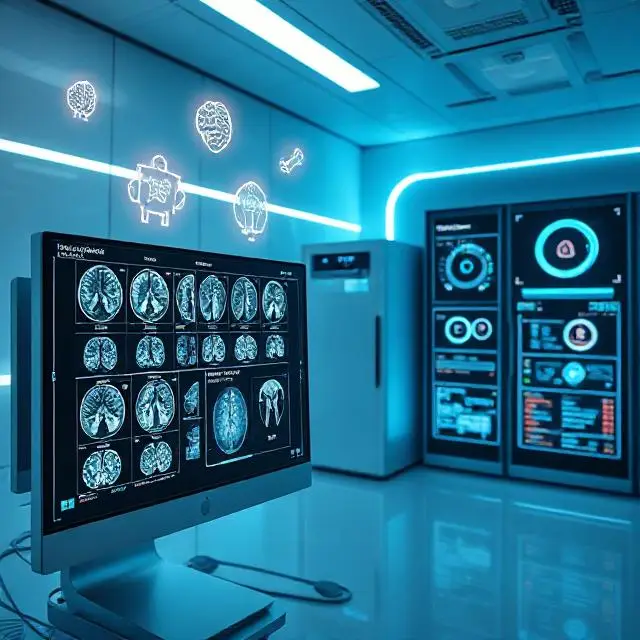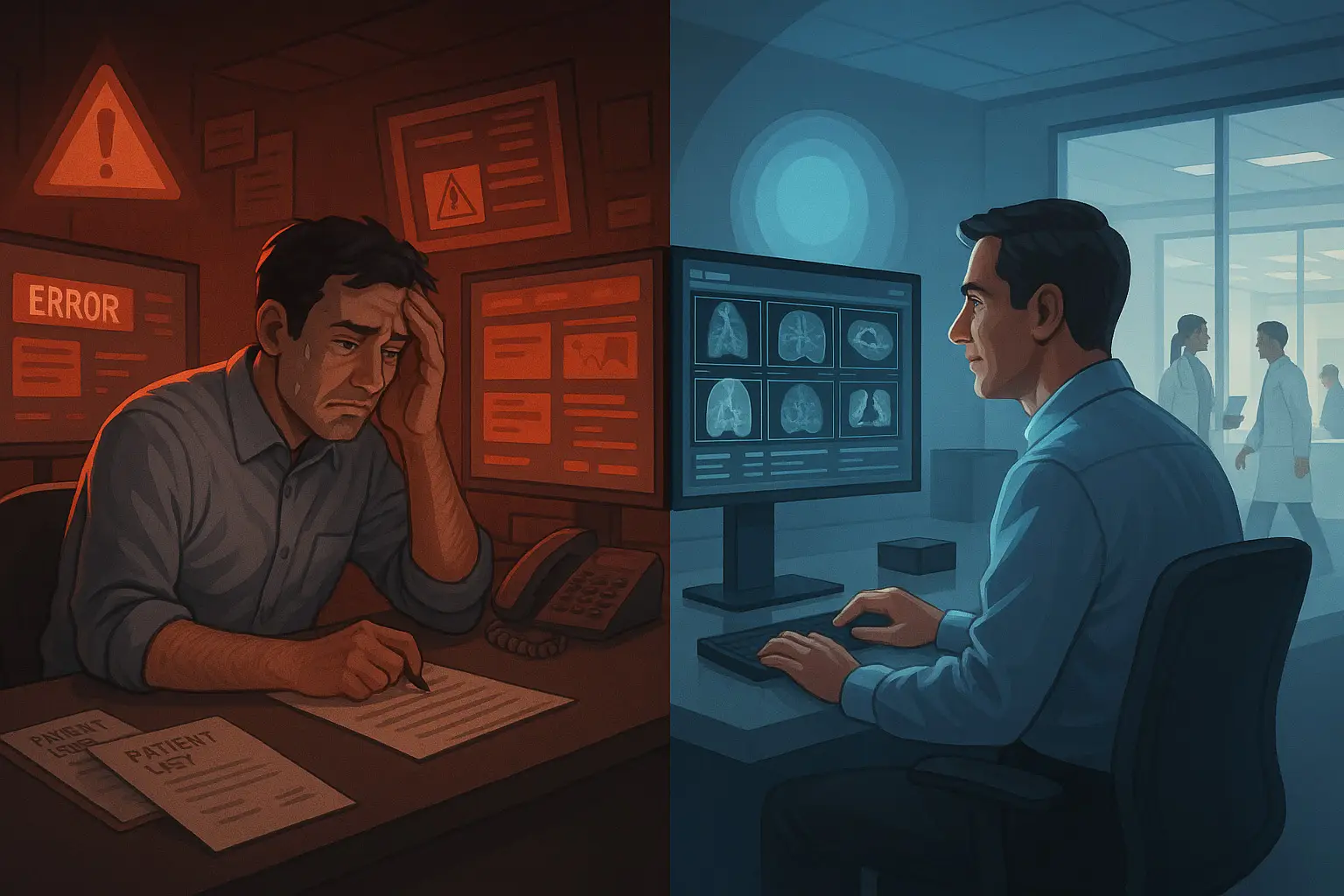Optimizing Radiology Display Protocols
Radiologists are responsible for interpreting and analyzing medical images to diagnose and treat various health conditions. However, with the increasing volume of imaging studies, it is becoming more challenging to keep up with the sheer number of images to review. This is where display protocols come in, allowing quick and efficient organization, and viewing of medical images. In this article, we will discuss how to get the best hanging protocols or display protocols in radiology.
What to Consider
Developing a display protocol that reduces reporting time needs to consider several factors. Is the initial layout 2×2 or 4×4, should the window be a bone or soft tissue window, where do the prior studies get positioned? Should the axial series be linked automatically, should the images be in cine? What reporting protocol for dictation should be loaded? The more automated a display protocol can be configured, the less time a radiologist spends manually manipulating images. And each radiologist will have their own protocols they like.
Getting images to display as desired is increasingly difficult when studies and series have no consistent naming conventions applied. There are a few things that radiologists can do to help mitigate this issue to make sure that critical images are always reviewed, and studies are displayed correctly.
Ambiguous Descriptions
Unfortunately, no matter what solution a radiologist or PACS admin produces, it will surely break due to inconsistent data. Inconsistent data, such as unclear study descriptions or empty series descriptions, for example, can cause the system to apply the wrong protocol or fail to apply any protocol at all. Have you ever seen a scout image labelled as “null”? A lack of data governance can result in improper data handling and storage, leading to inaccurately described images, which can also disrupt the display protocol process.
When there is a software, such as ENDEX™, inserted into the imaging workflow between modality and PACS, medical image descriptions can be standardized, ensuring accurate display protocols each time. Using CV (computer vision) and NLP (natural language processing) ENDEX creates a normalized ontology that makes the data output actionable and valuable.
Garbage In, Treasure Out
While there are many mapping methods and strategies to help radiologists get the best display protocols, they seem to break during PACS updates or when a label is entered with a comma instead of a colon. A technologist may relabel the series description, not realizing it breaks the display protocol further downstream, causing time loss and anguish that the PACS is not working as desired. This simple change has an impact on the radiologist and the PACS administrator. When you use software that is powered by AI (Artificial Intelligence) and uses machine learning, it changes the paradigm to garbage in, treasure out.
Without accurate display protocols, radiologists may need to spend several minutes adjusting the image layout, windowing and leveling, and grouping images manually for each series, which can be time-consuming and inefficient. In contrast, with reliable display protocols, radiologists can quickly navigate through the images they need to review, identify critical findings, and make a diagnosis more efficiently.
Inconsistent labeling also impacts dictation protocols, resorting to the default generic reporting protocol instead of bringing up the modality or pathology relevant dictation report, adding more time to the reporting process.
Potential Savings Can be Had
When using ENDEX to standardize medical imaging data, we provide an efficiency gain of over 10% within the radiology workflow.
Radiologists have been accepting poor display protocols for decades, but there is a solution to get the best display protocols. When an AI powered data standardization and workflow solution like ENDEX is put into place, radiologists have all the correct studies in their worklist, quickly, with accurate display protocols, and clinically relevant labels and descriptions.
Accurate display protocols are essential for efficient and effective radiology practice. With the increasing volume of imaging studies, it is becoming more challenging for radiologists to keep up with the number of images that need to be reviewed. While there are many mapping methods and strategies to help radiologists get the best display protocols, they often break. However, using an AI-powered data standardization tool like ENDEX can ensure reliable display protocols each time, saving radiologists time, improving overall efficiency, and leading to better patient outcomes.








